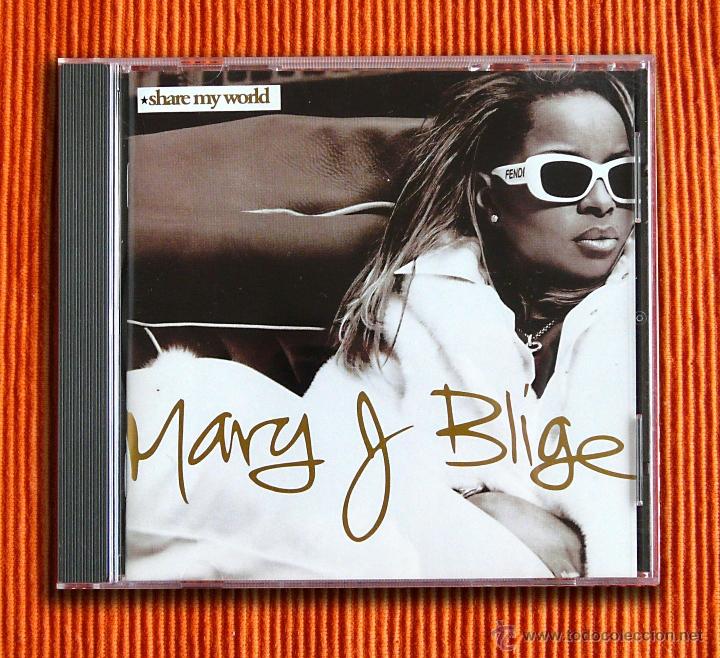

Blige draws upon 70s R&B and soul for the album, in particular her favorite songs she grew up with. Since her start, Blige always had a knack for drawing on the healing remedies of old-school R&B, most notably on her cover of Rufus And Chaka Khan’s “Sweet Thing”and her use of a jazzy Roy Ayers sample of “Everybody Loves The Sunshine” on “My Life.” This thematic evolution continues on Mary, with its more mature lyrics and the expansive resonance in her singing voice. Blige became an iconic voice and representation of Generation X street culture, style, slang, and popular music. In the three studio albums leading up to the album, Blige earned her place in the industry by fusing uptempo hip-hop swagger with rough-hewn vocals that unearthed the pain and passion of black womanhood – whether that was searching for ‘Real Love’ on her New Jack Swing-tinged What’s The 411?, or declaring “I Can Love You”(better than she can) over the mafioso beat of Lil’ Kim’s “Queen Bi_h,” on Share My World. Released on August 17, 1999, Mary signaled a new chapter not only in the singer’s life, but in her musical evolution. The album’s third track, “Deep Inside,” provided its sentimental thesis: Blige wished her listeners “could see that I’m just plain ol’ Mary”. No longer masking her ornate bravado with hip-hop samples and Uptown vocals, Blige took a plunge into the newly established world of neo-soul, harkening back to essential 70s-styled R&B. On her fourth studio album, Mary, the “queen of hip-hop soul” stripped away her usual contemporary sounds, opting for a classic R&B approach.

Blige has received many titles to describe her unique brand of soul.


 0 kommentar(er)
0 kommentar(er)
